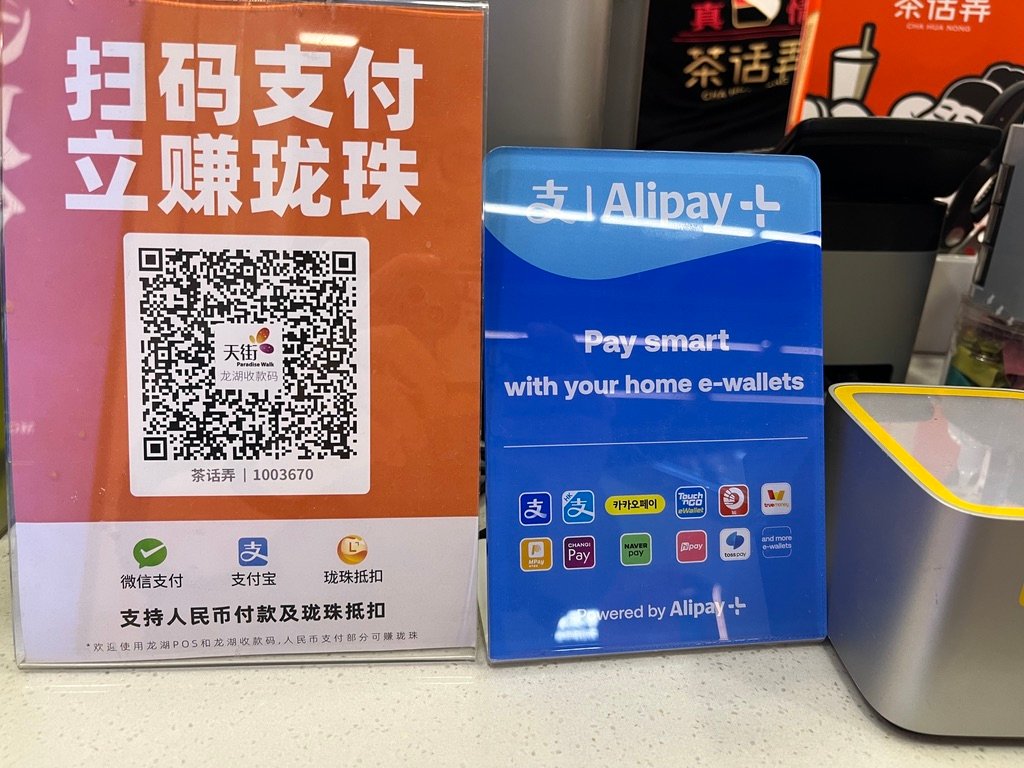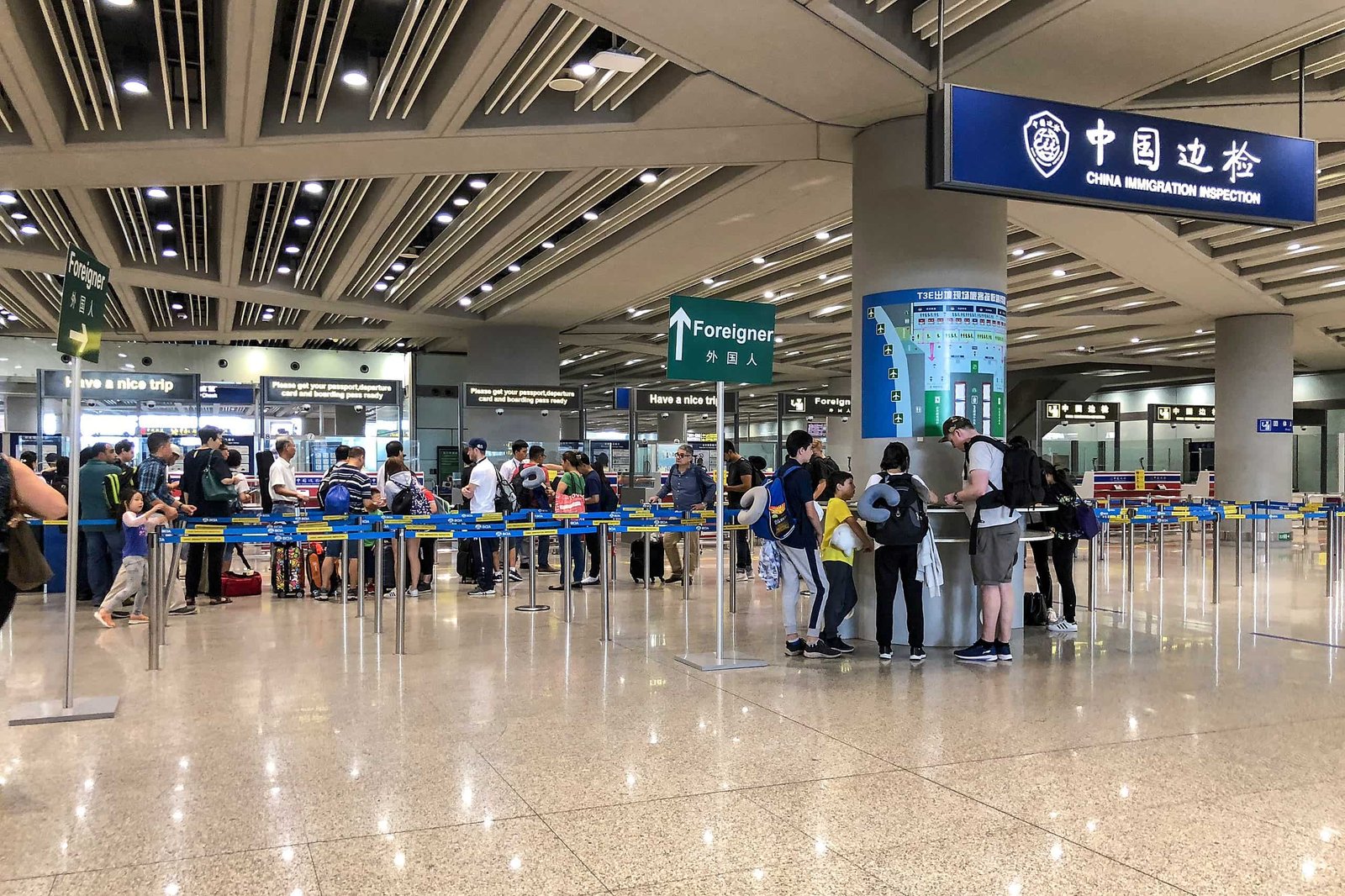Table of Contents
Three scenarios will be rigorously observed:
- Cash transactions that exceed 50,000 RMB in any given account;
- Transfers from business accounts that surpass 2 million RMB;
- Transfers from private accounts exceeding 200,000 RMB (international) or 500,000 RMB (within the country).
15 questionable transactions earmarked for intensive scrutiny:
- Rapid movement of funds, characterized by concentrated inflows followed by dispersed outflows, or vice versa.
- Transaction frequencies and amounts that starkly deviate from the business’s operational scale.
- Fund flows that do not align with the business’s operational scope.
- Daily financial transactions that are significantly at odds with the business’s typical operational patterns.
- Regular occurrences of large financial transactions that do not fit the business’s nature and profile.
- Repeated fund transfers between the same entities over a brief interval.
- Sudden activity in dormant accounts without clear justification, accompanied by substantial transactions in a short timeframe.
- High frequency of unrelated personal remittances received in a brief period.
- Cash transactions (withdrawals and deposits) whose size, frequency, and purpose markedly diverge from regular business activity.
- Aggregation of over 1 million RMB in cash transactions in a brief period in a personal settlement account.
- Increased dealings with customers from regions heavily impacted by illicit activities like drug trafficking, with rapid succession of fund transfers.
- Regular opening and closing of accounts, with significant transactions executed prior to closure.
- Intentional division of transactions to circumvent the scrutiny associated with large-scale transfers.
- Any other suspicious payment activities as defined by the People’s Bank of China.
- Additional suspicious payment activities identified by financial institutions.







